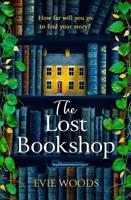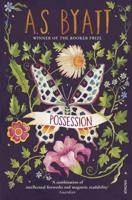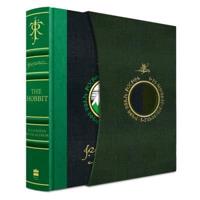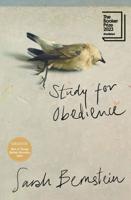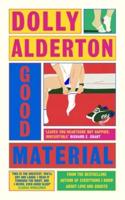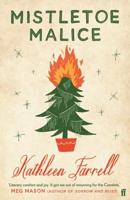Publisher's Synopsis
The river ran several thousand miles, from a land of snow and fir trees and brief summers to a land of long, long summers, cane and orange. The river was wide. It dealt in loops and a tortuous course, and for the most part it was yellow and turbid and strong of current. There were sandbars in the river, there were jewelled islands; there were parallel swamps, lakes, and bayous. From the border of these, and out of the water, rose tall trees, starred over, in their season, with satiny cups or disks, flowers of their own or vast flowering vines, networks of languid bloom. The Spanish moss, too, swayed from the trees, and about their knees shivered the canebrakes. Of a remarkable personality throughout, in its last thousand miles the river grew unique. Now it ran between bluffs of coloured clay, and now it flowed above the level of the surrounding country. You did not go down to the river: you went up to the river, the river caged like a tiger behind the levees. Time of flood was the tiger's time. Down went the levee-widened in an instant the ragged crevasse-out came the beast!-..... Mary Johnston (November 21, 1870 - May 9, 1936) was an American novelist and women's rights advocate from Virginia. She was one of America's best selling authors during her writing career and had three silent films adapted from her novels. Early life: Mary Johnston was born in the small town of Buchanan, Virginia, the eldest child of John William Johnston, an American Civil War veteran, and Elizabeth Dixon Alexander Johnston. Due to frequent illness, she was educated at home by family and tutors. She grew up with a love of books and was financially independent enough to devote herself to writing. Career as novelist Johnston wrote historical books and novels that often combined romance with history. Her first book, Prisoners of Hope (1898), dealt with colonial times in Virginia as did her second novel, To Have and to Hold (1900), and later, Sir Mortimer (1904). The Goddess of Reason (1907) uses the theme of the French Revolution, and in Lewis Rand (1908) the author portrayed political life at the dawn of the 19th century. To Have and to Hold was serialized in The Atlantic Monthly in 1899 and published in book form 1900, by Houghton Mifflin. The book proved enormously popular and was the bestselling novel in the United States in 1900. Johnston's next work, titled Audrey, was the fifth bestselling book in the U.S. in 1902, and Sir Mortimer, serialized in Harper's Monthly magazine from November 1903 through April 1904, was published in 1904. Her best-selling 1911 novel on the American Civil War, The Long Roll, brought Johnston into open conflict with Stonewall Jackson's widow, Mary Anna Jackson. Beyond her native America, Johnston's novels were also very popular in Canada and in England. During her long career Johnston wrote, in addition to 23 novels, numerous short stories, two long narrative poems, and one play. She used her fame to advocate for women's rights and strongly supported the women's suffrage movement. Her book titled Hagar (1913), considered to be one of the first feminist novels as well as somewhat autobiographical, captures the early days of women's rights. Johnston's deep focus on female suffrage in the United States is documented by her letters and correspondence with women working for the right to vote. But Hagar created a controversy among men and tradition-minded women, who were upset by the book's progressive ideas. Many refused to purchase it and subsequent Johnston novels.. Newell Convers Wyeth (October 22, 1882 - October 19, 1945), known as N. C. Wyeth, was an American artist and illustrator. He was the pupil of artist Howard Pyle and became one of America's greatest illustrators............

